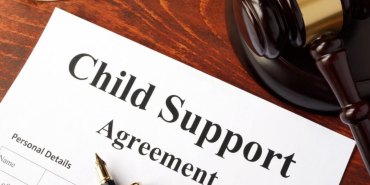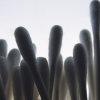Medical Experts Warn Against Using Cotton Swabs for Ear Cleaning

Health professionals are cautioning against the use of cotton swabs to clean ears, citing evidence that the practice can cause harm rather than improve hygiene.
Earwax, or cerumen, is often mistaken for dirt, yet it plays an important protective role. According to the World Health Organisation (WHO), earwax helps trap dust, microbes and other foreign particles, preventing them from reaching the inner ear.
It also keeps the ear canal moisturised, reducing the risk of dryness and infection.
Attempts to remove earwax manually, with cotton buds, hairpins or similar objects, can interfere with this natural process. Research published in the British Medical Journal (BMJ) shows that such methods frequently push wax deeper into the ear canal, leading to impaction, inflammation or even a ruptured eardrum.
These complications are commonly reported in ear, nose and throat (ENT) clinics.
In Kenya, earwax impaction is a widespread issue. A 2022 study by the University of Nairobi’s Department of Otolaryngology found that about 15 percent of adults attending ENT clinics in Nairobi had impacted wax. Most cases were linked to regular self-cleaning, highlighting the need for better public awareness of safe ear care.
Impaction can cause discomfort, a feeling of fullness, ringing in the ears and temporary hearing loss. However, routine ear cleaning is rarely necessary. The American Academy of Otolaryngology states that the ear is self-cleaning; normal jaw movements such as chewing and talking help move old wax outward, where it eventually flakes away.
When treatment is needed, usually due to pain, blockage or hearing problems, medical experts recommend gentle, non-invasive methods. Over-the-counter ear drops or natural oils such as olive or mineral oil can soften hardened wax, allowing it to come out naturally. In clinical settings, safe removal techniques like irrigation or microsuction are used under professional supervision.
Children, who tend to produce more earwax, require extra care. Paediatric specialists advise against frequent cleaning, which can irritate the ear canal and increase the risk of infection. A damp cloth can be used to clean only the outer part of the ear.
Home remedies such as ear candling and hydrogen peroxide treatments are strongly discouraged. The US Food and Drug Administration (FDA) warns that these methods are ineffective and may cause burns, blockages or other injuries.
The continued use of cotton swabs reflects a misunderstanding of ear hygiene. Health authorities emphasise that the safest approach is minimal interference.
Individuals are advised to avoid inserting objects into their ears and to seek professional help if symptoms develop. In most cases, leaving the ear alone is the best form of care.








Add new comment